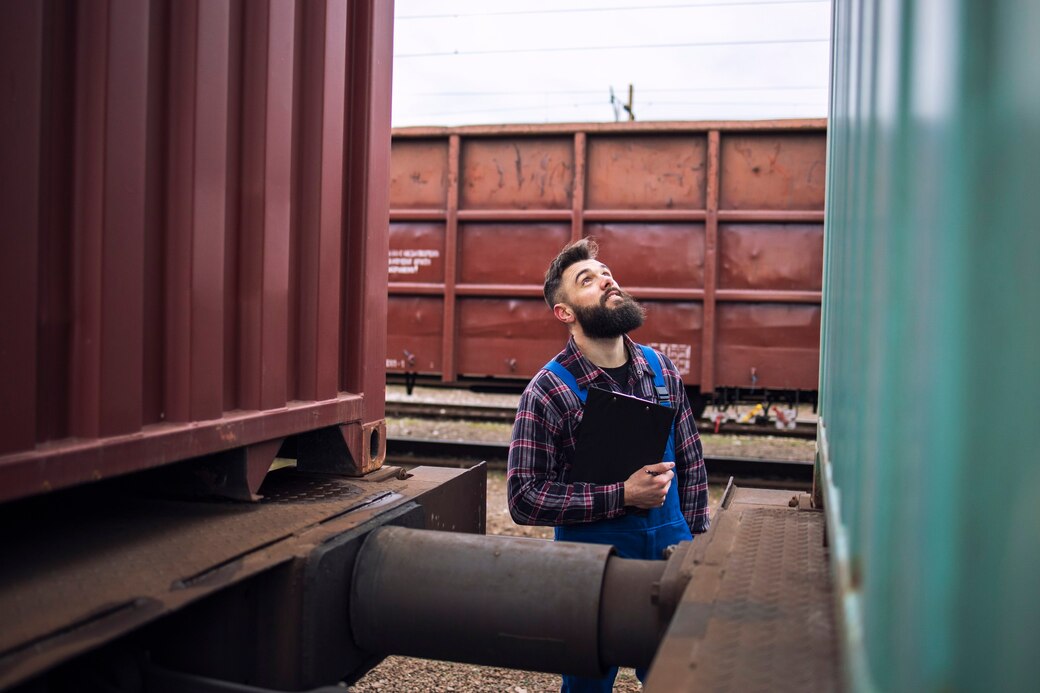Through affordable rail shipping, transloading between trucks and rail cars helps you lower rail transportation costs, even if your origin site or destination is not along a rail line. By facilitating the interchange of goods between trucks and rail cars, transloading enables efficient transportation even for locations.
In this blog, we will explore various strategies to improve the safety of rail transloading processes, thereby enhancing overall operational efficiency and minimizing potential risks.
Ways to Ensure Improvement of Your Rail Transloading Process:
According to Carbis Solutions, the Federal Railroad Administration has certain rules in place to keep workers safe during rail transloading service. Additionally, the manual labor involved in unloading and loading presents a danger as well.
Comprehensive Safety Training:
A well-trained workforce is essential for maintaining a safe transloading environment. Moreover, provide comprehensive safety training to all personnel involved in the transloading process.
This includes employees responsible for operating equipment, handling hazardous materials, and managing logistics. Similarly, training programs should cover topics such as proper handling techniques and personal protective equipment.
Regular refresher courses and evaluations will help ensure that safety protocols are understood and followed consistently.
Robust Risk Assessment:
Performing a thorough risk assessment of your rail transloading facility is vital for identifying potential hazards and implementing appropriate safety measures. Moreover, evaluate the layout of the site and the flow of goods.
Additionally, the positioning of equipment to identify any potential bottlenecks or safety risks. Conduct regular inspections to address issues such as faulty equipment, damaged infrastructure, or hazardous material leaks. By proactively identifying risks, you can take the necessary steps to mitigate them and prevent accidents.
Proper Equipment Maintenance:
Maintaining and inspecting equipment regularly is critical to the safety of rail transloading operations. Malfunctioning machinery can lead to accidents, delays, and potential injuries.
Implement a preventive maintenance program to ensure that all equipment, such as cranes, forklifts, and loading ramps, is in proper working order. Regularly inspect and repair any damage, replace worn-out parts, and provide appropriate training. Hence, equipment is used to reduce the risk of accidents and ensure optimal performance.
Secure and Efficient Loading/Unloading Procedures:
Developing secure and efficient loading and unloading procedures is essential for minimizing risks during the transloading process. Ensure that all personnel involved understand and follow proper loading and unloading protocols, including securing cargo, using appropriate lifting equipment, and maintaining clear communication between workers.
Implement safety measures such as guardrails, non-slip surfaces, and well-marked loading areas to prevent falls, slips, and other accidents. Establish strict protocols for handling hazardous materials. Moreover, this includes proper labeling, containment, and adherence to regulatory guidelines.
Adequate Lighting and Visibility:
Proper lighting and visibility are crucial aspects of a safe transloading operation. Inadequate lighting can lead to accidents, errors in handling, and reduced overall efficiency.
Install ample lighting throughout the transloading facility, ensuring that all areas, including the storage unit with the loading dock, storage yards, and access points, are well-lit. Additionally, consider incorporating reflective markings, signage, and designated walkways to improve visibility and prevent collisions between vehicles, equipment, and personnel.
Emergency Preparedness:
Preparing for potential emergencies is an integral part of maintaining safety in any transloading operation. Develop and regularly update emergency response plans that address various scenarios, such as fires, chemical spills, or injuries.
Furthermore, conduct drills and simulations to train employees on proper emergency procedures, evacuation routes, and the use of fire extinguishers and first aid kits. Collaborate with local emergency services and ensure they have access to up-to-date facility maps and relevant contact information.
Moreover, regularly review and refine emergency plans to adapt to changing circumstances and comply with safety regulations.






